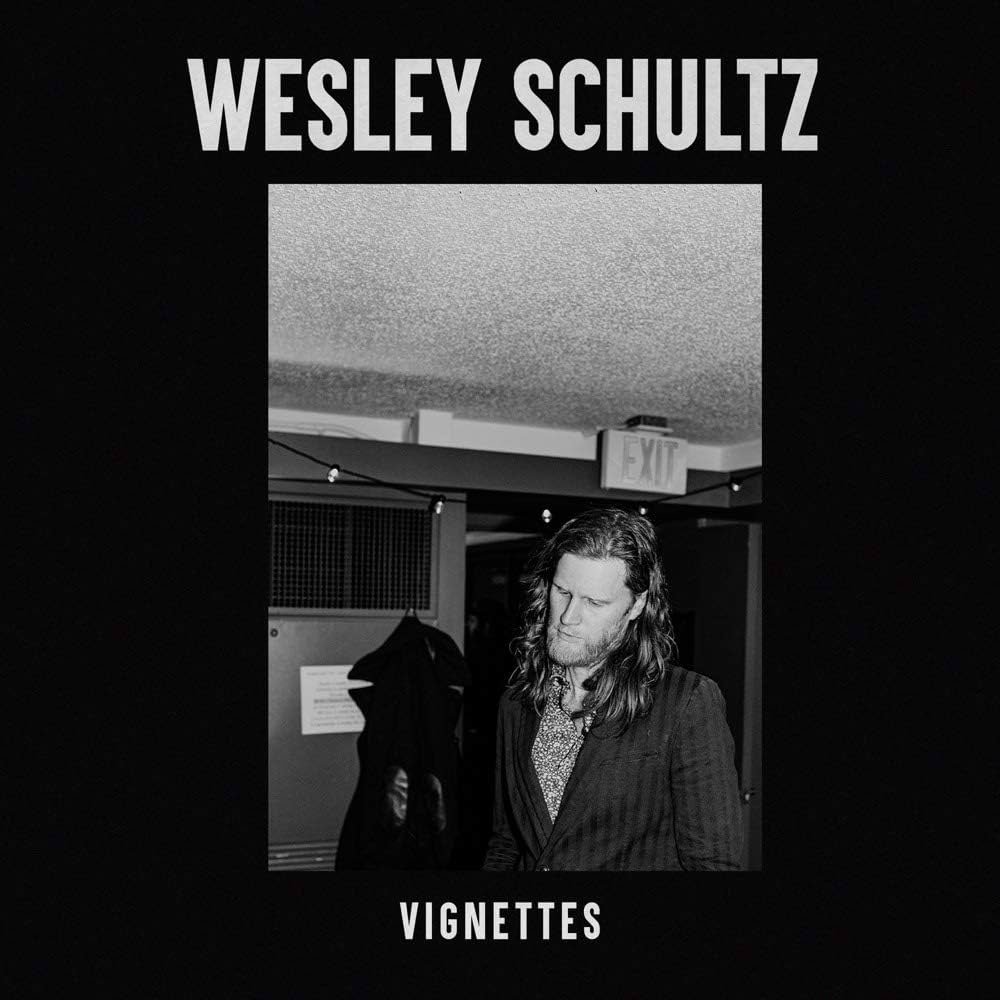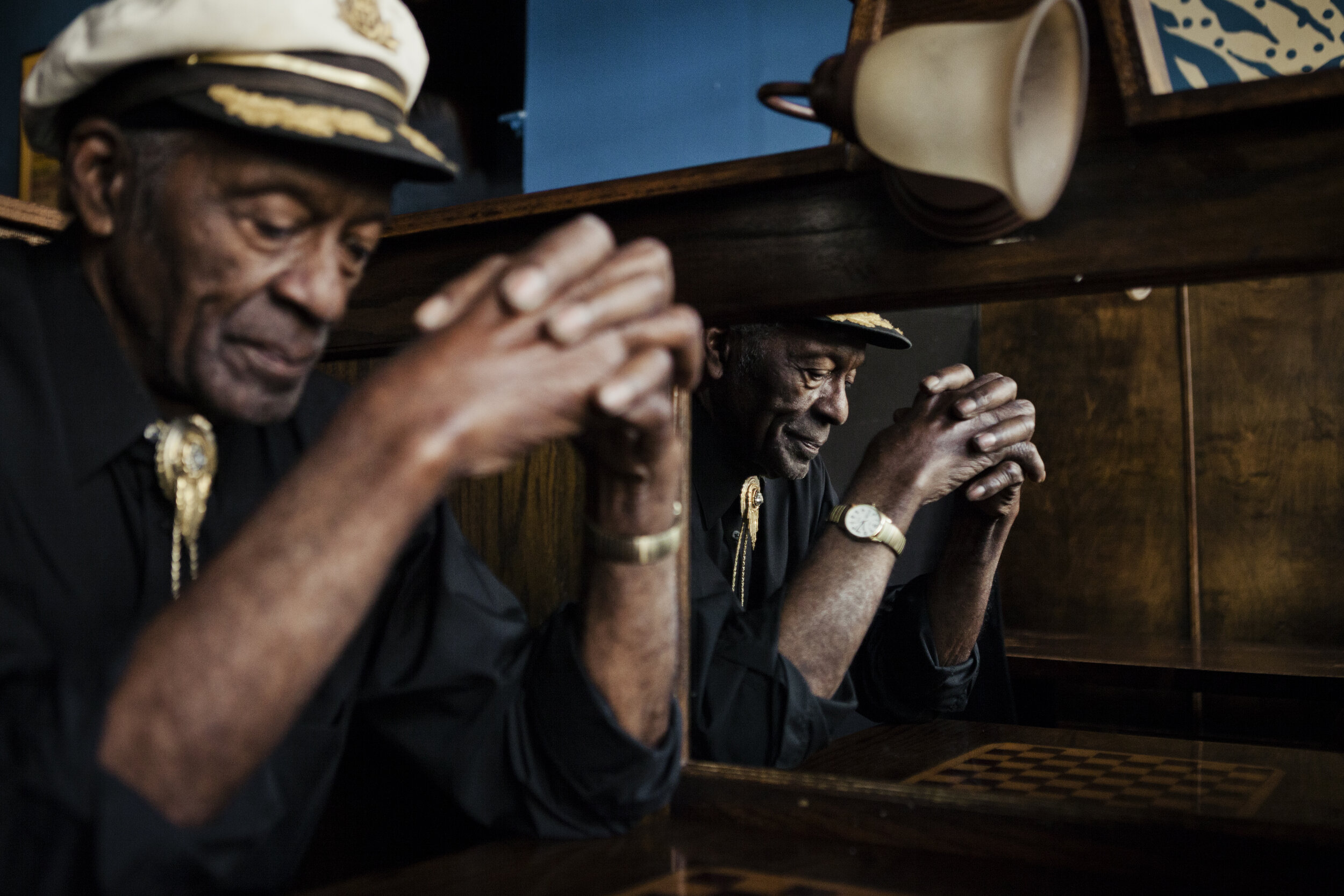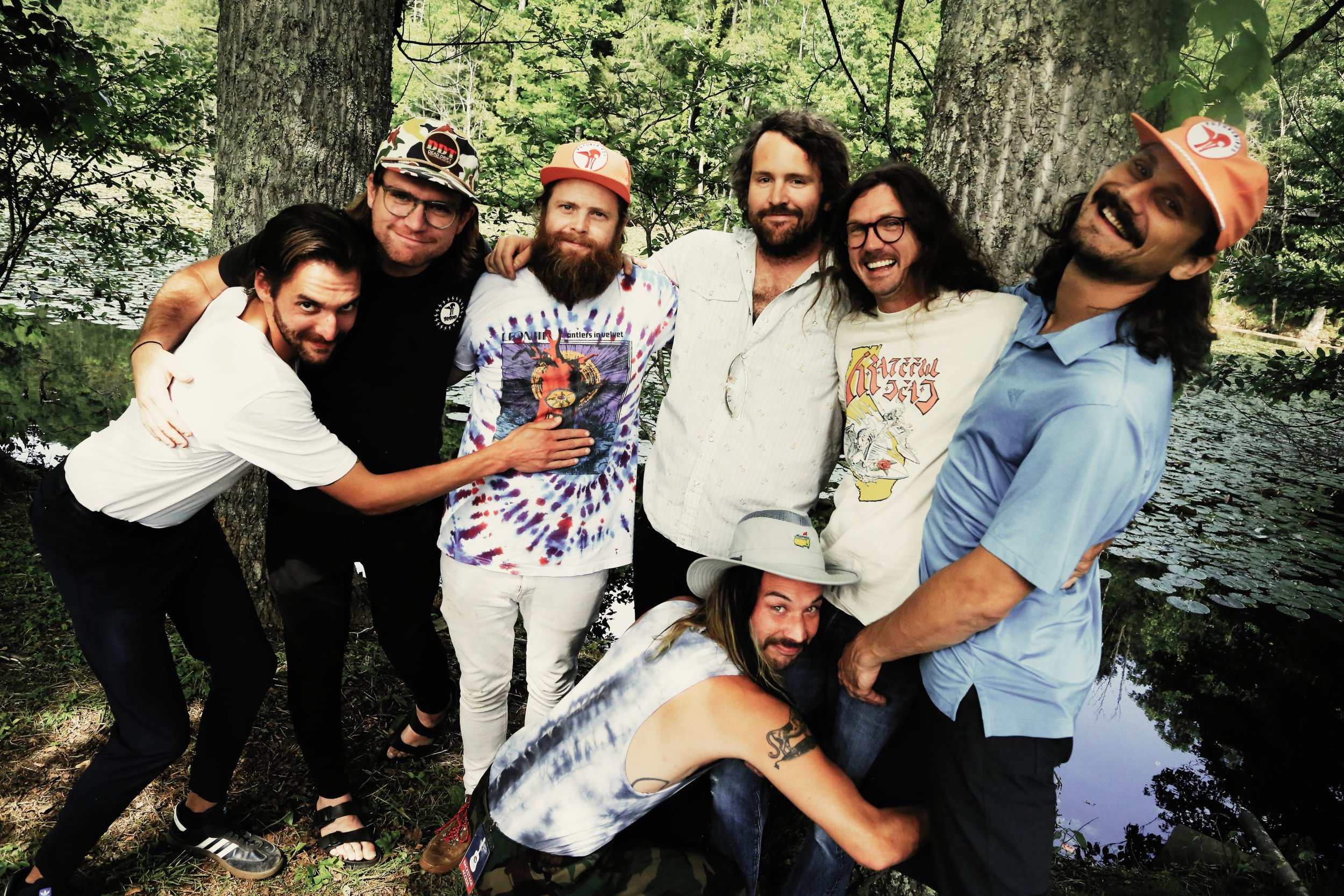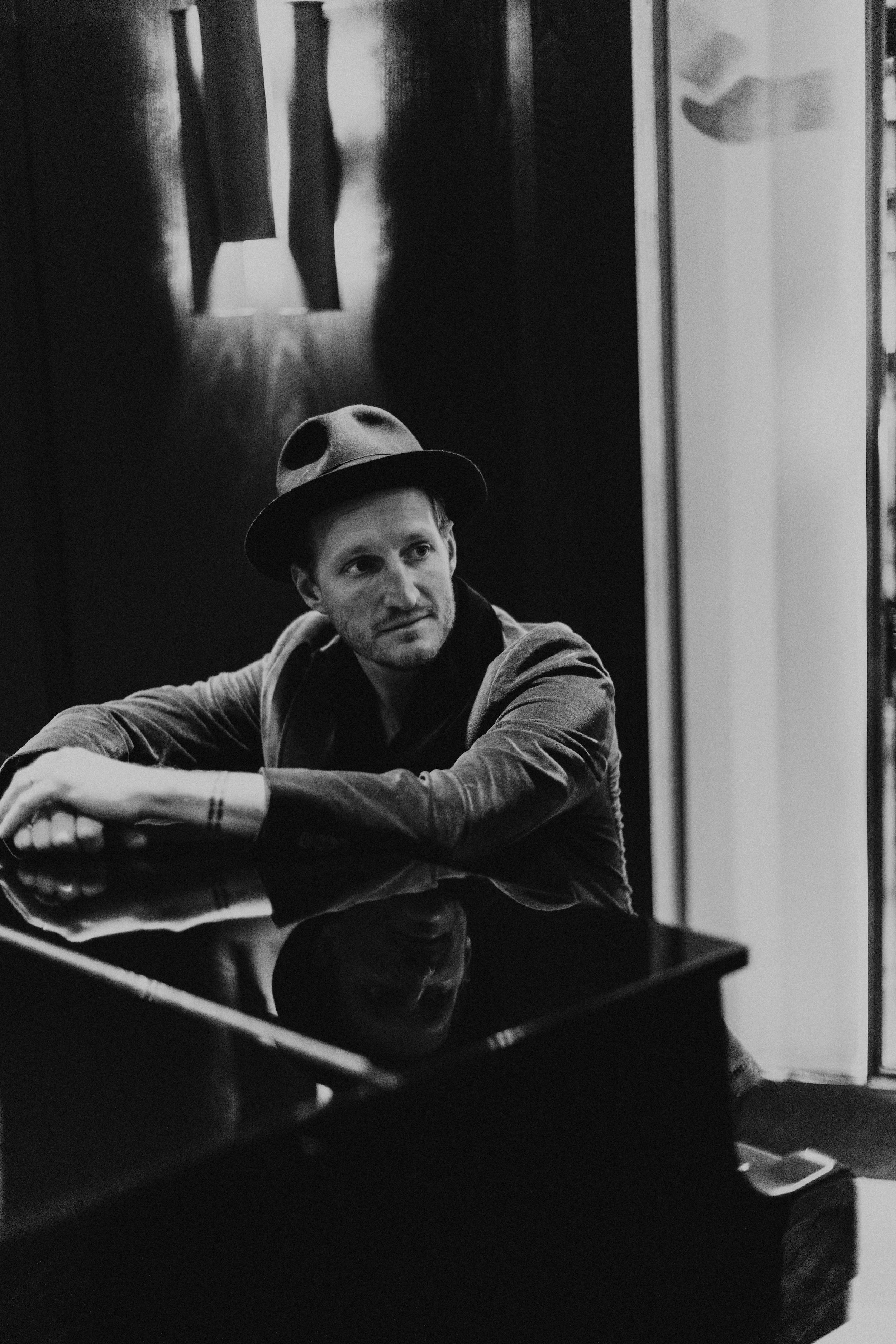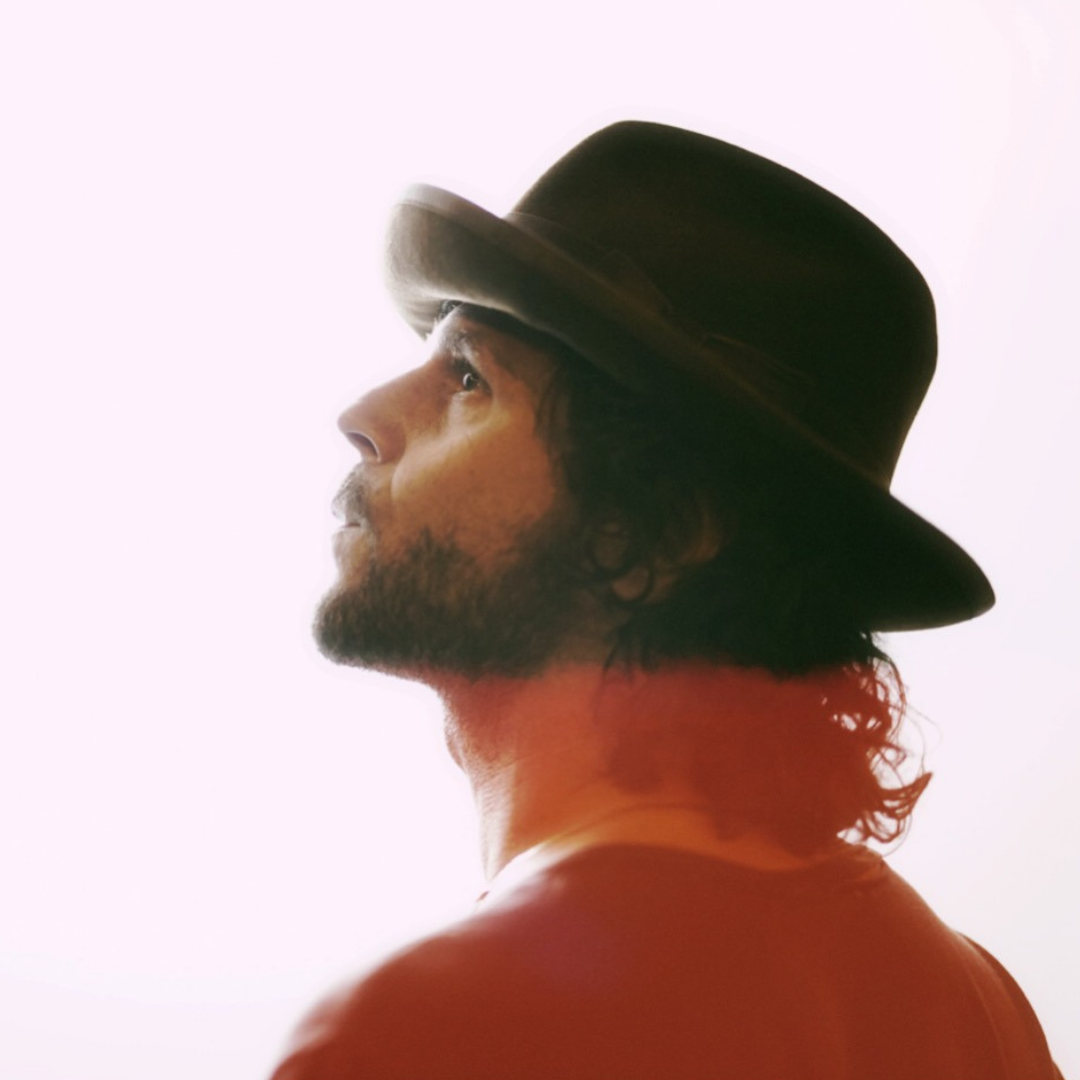Wesley Schultz
Playing other people’s music gets you out of your own routines. It inevitably makes you open to things. Back when I was playing in bars and cafes, I would play some originals and then some covers, and I always felt when I was playing the covers like I had wings, like I was flying. The strength of their writing and their melodies and the way the chord progressions interacted. They were so intoxicating to play that you can’t help but question your own work. It raises the bar back up.
In a way, this album got started about two years ago. Simone Felice, my good friend and producer for the last two Lumineers records, was doing an album for Amazon Originals called Produced By Simone Felice. It was kind of this magical experience - we were en route to go see Jackson Browne at Levon Helms’ barn in Woodstock and on the ride over, Simone said, check out this Derek and the Dominoes song called ‘Bell Bottom Blues.’ I’m sure I’d heard it in passing, but it was one of those songs where I just kind of stopped in my tracks. The next day we went in and recorded it with our engineer, David Baron. I wasn’t overly familiar with the song. I didn’t know all the twists and turns of the melodies, I just had a skeleton idea, and so I was singing it in a really spontaneous way. And you can hear that. We call it danger – you’re teetering on the edge but there’s something special about that as opposed to knowing exactly where you’re going.
In September of this year, my wife and I took one of our tour buses from Denver to our yurt in upstate New York overlooking the Hudson Valley. We have a baby boy, he’s now two and a half, and she’s pregnant again, so it’s kind of a sweet way to travel. We have the days free and then we sleep in the moving hotel. I was sort of just getting away and clearing my head, and then this just kind of happened. Simone and I were riding motorcycles and ‘Bell Bottom Blues’ came up, what a great experience it was and how its one of our favorite things we’ve done together. Simone said, would you ever do an album of cover songs? I said, maybe, and he said, well, why don’t we do one? It just took shape from there.
We made Vignettes in breakneck speed at Sun Mountain Studios in Boiceville, NY, basically recording two songs a day over the course of five days. It’s mostly just me on guitar and David Baron playing piano. Simone sings and plays a little bit and we have some special guests like Cindy Mizelle, who sang with Bruce Springsteen and Dave Matthews Band. James Felice, from the Felice Brothers, plays accordion and sings some beautiful harmonies. We have the Webb Sisters, who sang with Tom Petty and Leonard Cohen. I sang ‘Boots of Spanish Leather’ with Diana Demuth, who’s this amazing artist that Simone has been working with.
This album is pulling from a lot of different threads of my past. ‘My City in Ruins,’ ‘Boots of Spanish Leather,’ ‘The Ballad of Lou the Welterweight,’ those are all songs I was covering in bars, way back when. I have a video of me doing ‘The Ballad of Lou the Welterweight’ when I was living in Brooklyn in 2008. That was within days of when I’d written ‘Ho Hey’ and ‘Life In The City’ and ‘Flowers In Your Hair,’ all in this same little apartment. It was a rich time for me creatively and these covers were sort of informing my songwriting, just studying all these different artists.
A lot of this was finding so much affection and love for songs like ‘Green Eyes’ and ‘Mrs. Potter’s Lullaby,’ that maybe weren’t smash household name songs - but they could have been. And should have been.
‘Downtown Train’ and ‘Bell Bottom Blues,’ those are songs I was less familiar with. There’s a looseness to them, a more carefree approach, a danger. For example, when we went to record ‘Downtown Train,” we didn’t know what key it was going to be in, if we were going to build it around guitar or piano, anything. So we spent a lot of time fooling around and finally just started seeing it. You can feel that in the track. For me, it gives the song a lot of life. It gives it a much different feel than something well rehearsed.
I was introduced to a lot of music through other artists, listening to their covers and then going backward. So part of this record is the joy of exposing something that you know is beautiful, while trying to make it your own so that they both can stand on their own two feet. It’s almost like you’re showing people your personal playlist, your inspiration.
You try to make your own medicine sometimes. I think music is medicine. For me, the intention in making Vignettes was so simple – what would I listen to right now, in these times? And this music is what I felt like I needed.


